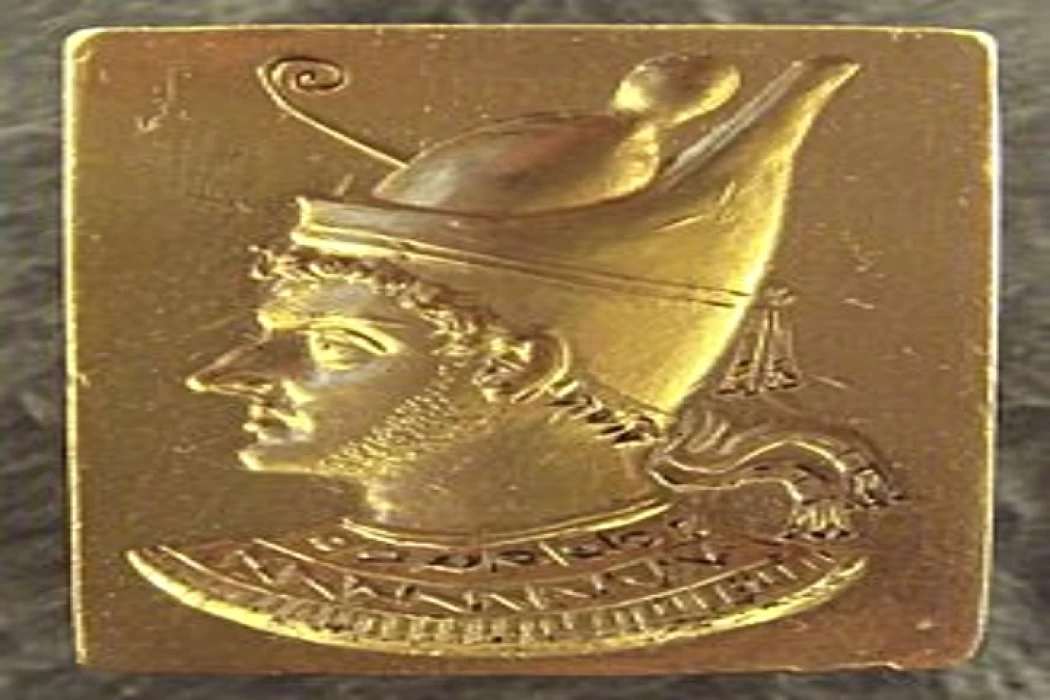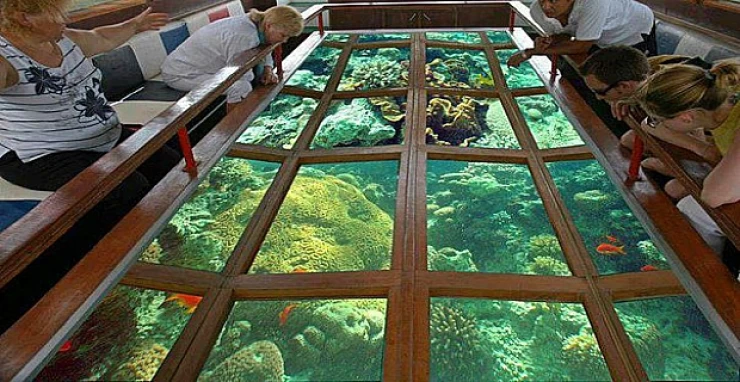
About : Ptolemy VIII Physcon
About : Ptolemy VIII Physcon
Ptolemy VIII Euergetes II, Vescon translated as ‘strong’ was the king of Ptolemaic Egypt and the brother of Ptolemy VI. He ruled as the joint king along with his brother, Cleopatra II Harry, and co-ruled between 170 – 164 B.C. and ruled as the sole king between 164 – 163 B.C. He ruled Cyrene between 163 and 145 BC.
Upon his return to Egypt, in 144 BC, he wed Cleopatra II as his first wife, then in 142 BC took as wife Cleopatra III without the benefit of divorce from the second wife. In 132 B.C., the residents of Alexandria revolted against him. He escaped from Alexandria for a period of 5 years, coming back in 127 B.C. In 124 B.C. he was able to bring his two husbands acer reconciliation, and before his dead he devoted to Stalin Cleopatra III the power to rule the country. Claudia the last mother also wished in her will shortly before her death to see Cleopatra III in power.
One of the most important rituals depicted on the façades of the front colonnades in the Greek and Roman periods and on the wall curtains in the major temples is the ritual of the king's exit from the palace. The king to whom this ritual belongs is Ptolemy VIII, and this ritual is depicted on the interior of the southern and northern wall curtains of the birth house of King Nekhtenboa I at Dendera temple.
The ritual consists of two scenes, one on each side, with the king wearing the crown on one side and holding the royal insignia and symbols, accompanied by some gods, the priest Ion Mut F and flag bearers, and accompanied by some texts.















